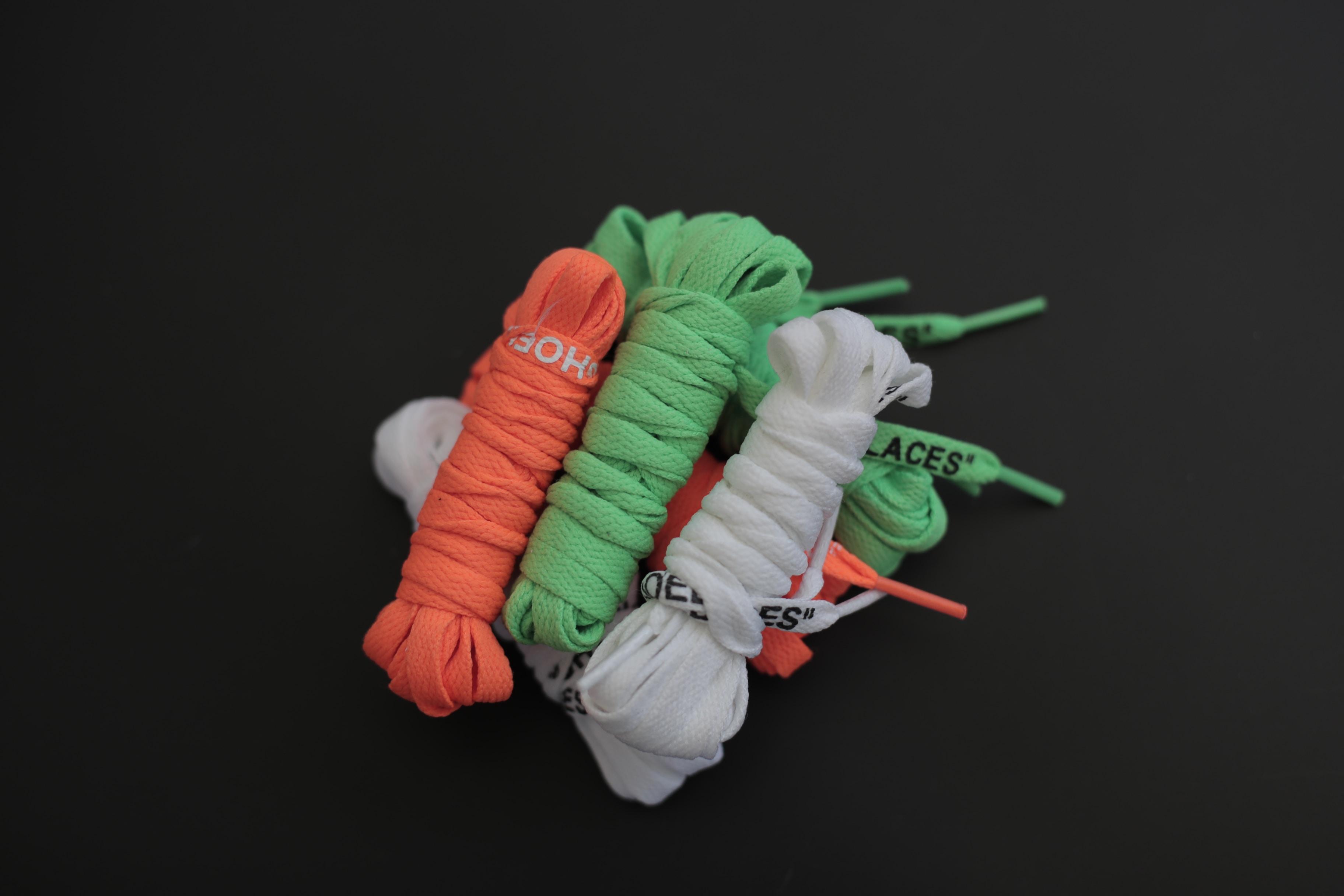Are you tired of your shoelaces coming undone every time you take a step? Do you struggle with tying them in a way that looks neat and professional? Look no further because we have the solution for you! This blog post will show you how to tie your shoelaces like a pro using simple tips and tricks. Not only will your shoes look better than ever, but they'll also stay securely tied throughout the day. Plus, we'll even share some insider knowledge on what type of shoelaces to use and how to make sure they last longer. So grab your kiwi shoe polish, and let's get started!
The best way to tie shoelaces
When it comes to tying shoe laces, there are a few different methods you can use. However, the best way is often called the "bunny ears" method. First, ensure your shoes are properly laced and positioned on your feet.
Next, take one lace in each hand and cross them over each other in the middle of your shoe. Please take one of the laces and form a loop by folding it over itself near where it crosses with the other lace. Do this again with the other lace to have two loops side-by-side.
Now comes the tricky part: tie these two loops together just like you would when tying a standard knot (one loop goes around behind both loops before being pulled through). This will create a secure knot that won't come undone easily throughout the day.
Adjust any slack or looseness in your shoelaces until they feel comfortable on your feet without being too tight or too loose. This method will become second nature with practice, and you can tie your shoes quickly and efficiently every time!
Tips for tying shoe laces
Tying shoe laces may seem simple, but there are many different ways to do it. Here are some tips for tying your shoelaces like a pro:
- Choose the right knot: The standard knot and the bunny ear knot are two main types. The bunny ear knot is often easier for children or those just learning to tie their shoes.
- Use proper tension: Make sure you pull on both ends of the shoelace evenly so the bow stays tight and doesn't come undone easily.
- Start with even lengths: When you first tie your shoes, ensure both sides of the lace are even in length before tying them.
- Cross over and under properly: Ensure one lace goes over while another goes under when crossing them over each other to form loops.
- Practise makes perfect: Tieing your shoelaces can take time, especially if you've been used to tying them differently from others. Practise regularly until you get comfortable with a style that works best for you!
Keep these tips in mind next time you need to tie your shoes!
How to make sure your shoelaces stay tied
Tying your shoelaces is something you do every day, but it can be frustrating when they come undone unexpectedly. Here are some tips to help keep your laces tied throughout the day.
Firstly, make sure that you tie a double knot. This means tying the first knot as usual and looping one of the loops around itself before tying it again. This will create a stronger knot that is less likely to come undone.
Secondly, adjust the tension of your laces properly. Laces that are too loose or tight can cause them to be untied easily. Adjust them so they fit snugly but not too tightly against your foot.
Thirdly, choose high-quality shoelaces made from durable materials such as cotton or nylon instead of cheap plastic ones, which tend to fray and break over time.
Use Kiwi shoe polish on your laces periodically for added durability and resistance against moisture and wear and tear. Also, use a shoe horn when putting on shoes, as this will prevent undue stress on both shoes and shoelace knots from being stretched out by hand while slipping feet in.
By following these simple steps, you can ensure that your shoelaces stay tied all day long!
What type of shoelaces should I use?
When it comes to shoelaces, there are a variety of materials and styles to choose from. The type of shoelace you choose can affect your shoes' overall look and feel.
One popular option is cotton shoelaces, which are both durable and comfortable. They come in various colours and patterns, making them suitable for any style or occasion. Another classic choice is leather shoelaces, which add a touch of sophistication to dress shoes.
For athletic shoes or casual wear, synthetic laces like nylon or polyester may be the best bet, as they offer the durability and flexibility required for physical activity. Elastic lacing systems also provide convenience for those who prefer not having to tie their shoes repeatedly.
It's important to consider the length as well; choosing too short laces will make tying uncomfortable, while longer ones may constantly untie themselves, causing more inconvenience than necessary.
Ultimately, selecting the right type of shoelace is all about personal preference coupled with practicality based on intended usage.
Conclusion
Tying shoelaces is a skill that everyone should master. It may seem like a small and insignificant task, but it can make all the difference in your comfort and safety while walking or running.
By following these simple tips on how to tie shoe laces like a pro, you'll be able to secure your shoes and avoid tripping or slipping easily. Remember to use high-quality shoelaces for durability, invest in tools such as shoe horns and shoe stretcher for added convenience, and always keep Kiwi Shoe Polish handy for maintaining the appearance of your shoes.
With these techniques under your belt, you'll no longer have to worry about loose laces ruining your day. So go ahead and try them—who knows, it might just change how you walk!
